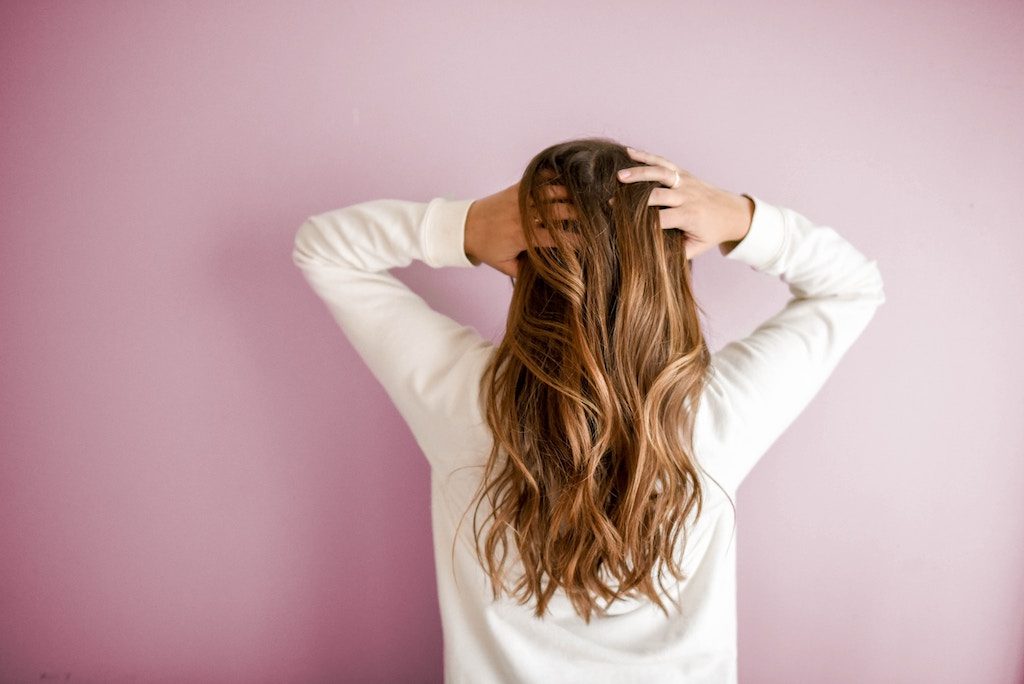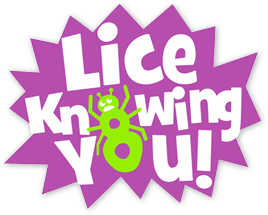Ineffective Lice Treatments

Some Lice Treatments May Not Work
Why They May Be Ineffective and/or Possibly Dangerous
Over the Counter Treatments:
Over the counter treatments contain permethrin/pyrethin, which is derived from chrysanthemums. Children and adults exposed to these products can have symptoms of redness, swelling, excessive itching and respiratory distress. In addition, published research indicates that 80% of adult lice are resistant to these over the counter treatments. Some studies have drawn connections between overuse of these products with leukemia and autism. Regardless, after the treatment is administered – the nits and bugs still need to be manually removed through combing.
Malathion:
Malathion is a neurotoxin and is, ironically, commonly prescribed by doctors to treat a head lice infestation. It is extremely flammable and in order to be somewhat effective, needs to remain on the head for 8-12 hours. In addition, Malathion can cause serious side effects such as nosebleeds, flu-like symptoms and a burning sensation on the scalp. Manual removal is required with this product
Lindane:
This is the most dangerous of all of the lice treatments. Though you can only access it though a prescription, Lindane has been banned from 53 countries and is completely banned in California. The EPA has also banned its use as an insecticide because it is very toxic to the environment. According to the drug literature, Lindane should not be used on babies, the elderly or anyone weighing less than 110lbs as serious side effects can occur.
Benzyl Alcohol:
Benzyl Alcohol is a fairly new lice treatment on the market. It is by prescription only and is used to smother adult lice. Unfortunately, this product does nothing for nits or eggs – they still must be manually removed through combing.
Controlled Heated Air Devices:
Controlled Heated Air Devices are a technology that claim to “dehydrate” the bugs and kill all three stages of head lice. The claims of this device have not been substantiated by any independent studies or research, and are based on the company’s own studies. This type 1 medical device is cleared by the FDA for marketing purposes only and the data stating their efficacy has not been reviewed or substantiated by the FDA. In addition, Controlled Heated Air Devices are not safe for children under the age of 4, those with sensory deficits or sensory integration disorder, or on anyone with open scabs from scratching. Potential side effects can be scalp burns, dry, damaged and brittle hair from excessive drying and combing on dry hair. Per the company’s own literature, live lice and bugs will remain in the hair after treatment, as well as dead lice and nits. Manual removal is necessary.
Cetaphil, Vaseline and Olive Oil
These type of treatments rely on smothering to kill the bugs. The products must remain on the hair for 8-12 hours at a time and these treatments must be repeated 3-4 times over a period of weeks to get rid of all lice. These treatments do not get rid of the nits and thorough combing is necessary to make sure everything is removed from the hair.
Bottom Line: Even the world’s best lice experts need a microscope to identify whether or not a nit is viable(alive). That is why experts recommend that every nit and louse be combed or picked out of the hair during a head lice infestation. Regardless of which treatment you may choose, manual removal (wet combing) with a fine-tooth lice comb and nit-picking, is the only effective and guaranteed way to get rid of a head lice infestation. There are no short-cuts to complete removal during a head lice infestation. Amount of time spent depends on length and thickness of hair and severity of infestation. 100% Guaranteed
